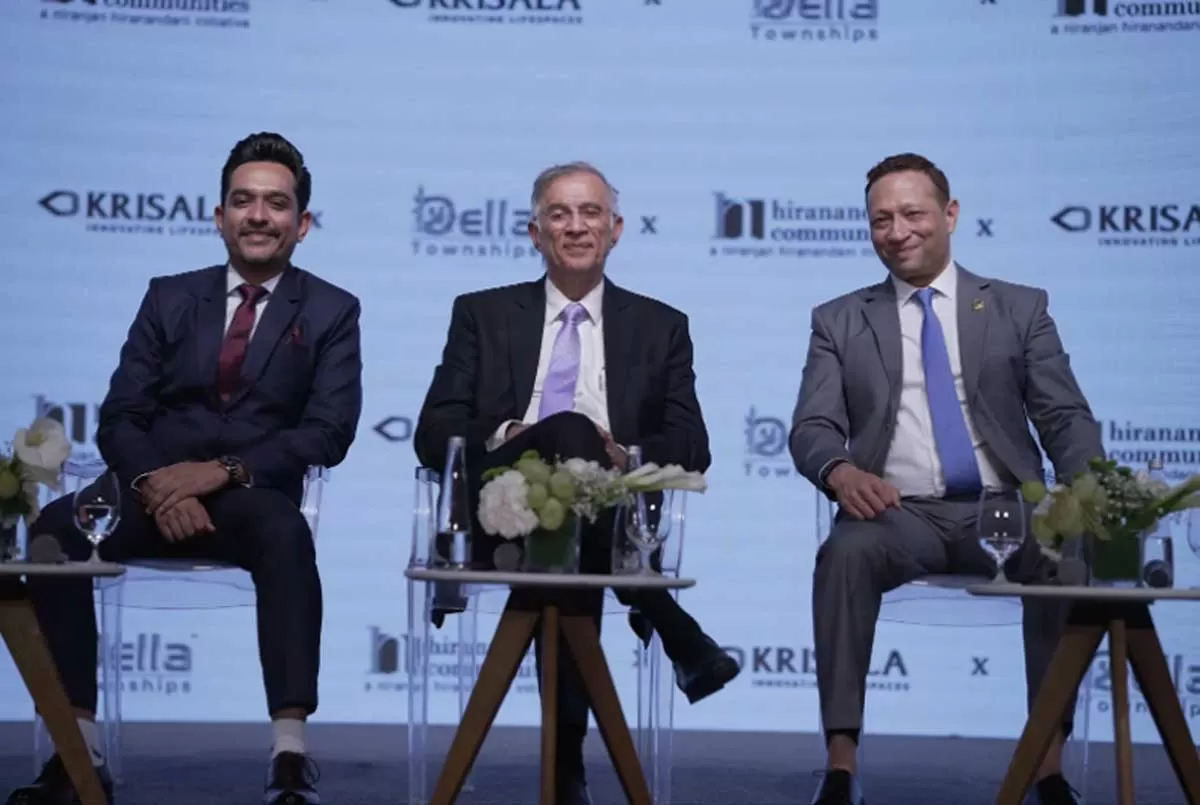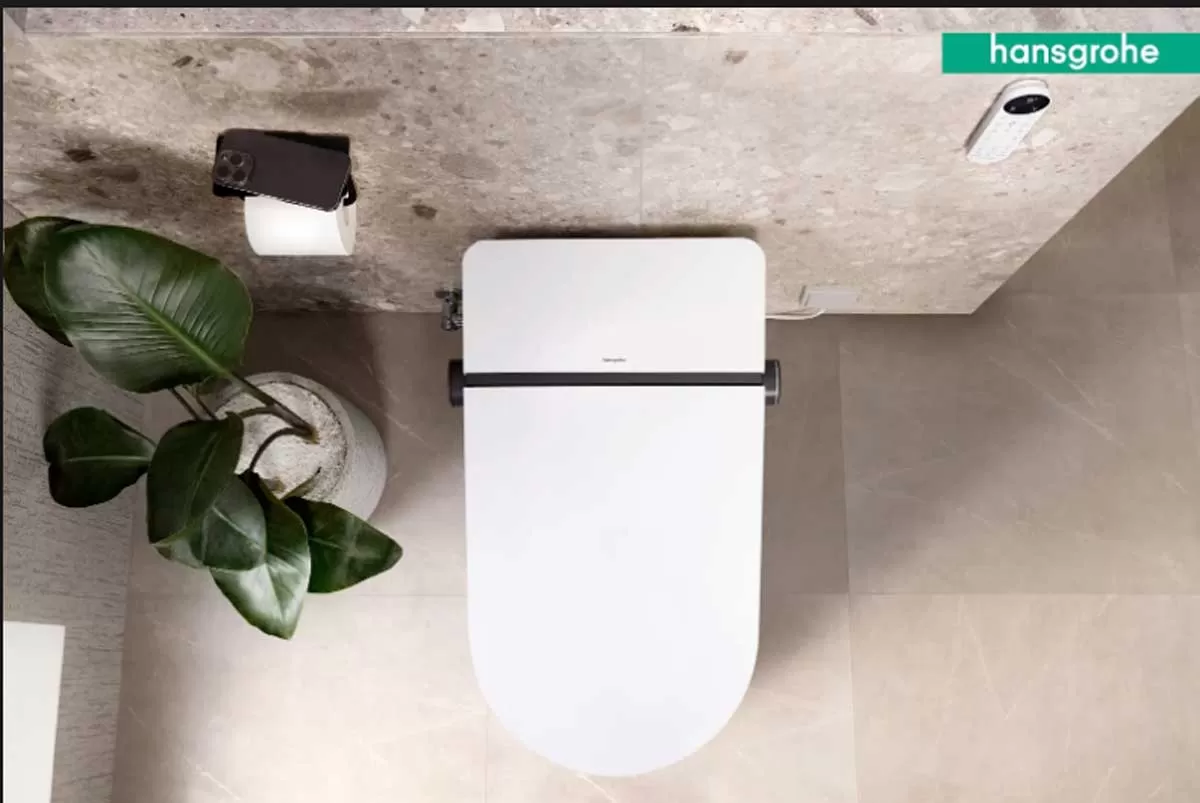Warehousing space requirement for manufacturing sector expected to be 68 million sq m in 2019; estimated to reach 86 million sq m by 2024.Mumbai witnessed 34 per cent YoY surge in warehousing leasing volume over 2017.The total warehousing space is estimated to be 68 million sq m (739 million sq ft) in 2019 for the manufacturing sector, which is projected to grow at a CAGR of 5 per cent in the next five years to 86 million sq m (922 million sq ft) by 2024, as per Knight Frank’s flagship report, India Warehousing Market 2019. The report notes that logistics cost in India accounts for 13-14 per cent of the GDP, which is substantially higher than the 8-10 per cent logistics cost to GDP ratio in other developed countries. The primary reason for this is the skewed multi-modal mix and the fact that 60 per cent of freight movement in India happens via roadways.Mumbai warehousing market clocked in 0.7 million sq m (7 million sq ft) absorption in 2018, 34 per cent YoY surge over the previously recorded transactions in 2017.
Classification of Mumbai’s warehousing locations
into major clusters
Warehousing Cluster
Major Warehousing Locations
Bhiwandi
Mankoli,
Kalher, Kasheli, Dapode, Padgha, Vashere, Vadpe, Saape, Lonad, Bhavale,
Sawad Naka, Dohole, Sonale, Anjurphatta
Panvel
Palaspe,
Uran Road, Taloja, Patalganga
Source: Knight Frank ResearchKey highlights:Total requirement of storage space in the Indian manufacturing sector accounts for 80 per cent of the warehousing market today.Top warehousing markets in India witness a growth of 77 per cent YoY in leasing in April 2018-March 2019.The warehousing industry has witnessed massive participation from institutional investors, as well as developers, who have collectively invested over US$ 6.8 billion since 2014, with an average investment per deal of US$ 282 million.Private equity funds had a 49 per cent share of the total investments into the warehousing industry. This was followed by sovereign and pension fund at 31 per cent and 20 per cent of the pie belonged to the developers.83 per cent of the investments in warehousing assets went into new developments whereas 10 per cent went into ready assets and 7 per cent into a combination of ready and under construction assets.The investments committed by institutional investors alone, is estimated to create over 15 million sq m (158 million sq ft) of new warehousing space over the next few years.Kolkata witnessed highest YoY surge with 191 per cent in warehousing leasing volume over 2017 followed by Bengaluru (147 per cent) and Hyderabad (96 per cent).There are three major warehouse clusters in Mumbai-Bhiwandi, Panvel and JNPT. The emerging new Infrastructure and the quick access to JNPT from Chirner road via Navi Mumbai-Belapur will drive in more consumption-based demand in near future.Other cities such as Coimbatore, Guwahati, Rajpura, Ludhiana, Nagpur, Lucknow, Visakhapatnam, Bhubaneswar and Siliguri are gaining prominence now in terms of the growing demand for warehousing space.Of the 29 states, only seven have a dedicated policy framework for the logistics industry. A comparative analysis of the existing logistics policies of seven states shows that Haryana is rated the highest based on the benefits for developers as well as occupiers.Sector-wise allocation of Warehousing costs in proportion to net sales:
Source: Knight Frank Research
Sector
Warehousing costs in proportion to net sales
Cement
2.03 per cent
FMCG
0.80 per cent
Chemicals
0.57 per cent
Fertilisers
and agrochemicals
0.46 per cent
Automobile
0.43 per cent
Pharmaceuticals
0.43 per cent
Consumer
durables
0.38 per cent
Textile
0.36 per cent
Auto-ancillary
0.35 per cent
Metals
0.25 per cent
Engineering
0.22 per cent
Source: Knight Frank ResearchShishir Baijal, Chairman & Managing Director, Knight Frank India, said, “The growth of the manufacturing sector has been slated to have the most prominent impact on the Indian Warehousing industry. Just this sector’s storage requirement forecasted to reach 86 million sq m by 2024, instantly puts the spotlight on scope and growth for developers and investors in the warehousing market. The warehousing segment is in the midst of an evolutionary leap spurred by the new GST regime, technological enhancements and the increasing adoption of third party logistics providers. The tangible efficiencies brought in by these logistics experts and the substantial growth in institutional investment activity in the warehousing space have seen leasing transactions in this segment grow by a substantial 77 per cent during 2018. Of which, at 128 per cent growth, the e-commerce segment is the fastest growing occupier segment for the Indian warehousing market.”Annual lease transactions in warehousing in India:
City
2017
2018
Growth
in million sq m (million sq ft)
(YoY)
Kolkata
0.1 (1.6)
0.4 (4.7)
191 per cent
Bengaluru
0.2 (2.5)
0.6 (6)
147 per cent
Hyderabad
0.2 (2)
0.4 (4)
96 per cent
NCR
0.6 (6.5)
1.1 (12.6)
94 per cent
Chennai
0.2 (2.5)
0.4 (4.2)
79 per cent
Ahmedabad
0.3 (3.3)
0.5 (4.9)
51 per cent
Mumbai
0.4 (5.2)
0.7 (7)
34 per cent
Pune
0.2 (2.5)
0.3 (3.5)
41 per cent
Total
2.4 (26.1)
4.2 (46.2)
77 per cent
Source: Knight Frank ResearchBalbirsingh Khalsa, National Director, Industrial & Asset Services, Knight Frank India, said, “Organised warehousing developers are steadily seeing more demand from occupier groups and sectors like e-commerce, 3PLs, retail, manufacturing, FMCG, FMCD, etc. The string of policy and regulatory reforms unveiled by India in recent times such as implementation of the GST, the ‘Make in India’ programme and initiatives to set up industrial corridors like Delhi-Mumbai Industrial Corridor (DMIC), Delhi-Kolkata Industrial Corridor and logistics parks has accelerated the entry of international institutional players in the Indian warehousing and logistics space. Exponential demand of large sized warehousing structures that are legally compliant in for regional warehousing purpose in top 8 cities has driven leasing volumes to grow from 26.1 million sq ft to 46.2 million sq ft in last one year. Demand in Tier-2 cities is also on the rise and showing big growth potential and combinedly taking demand up to 60 million sq ft across India. This growth is adequately funded by a substantial growth in investments, giving the required stimulus to develop quality and organised warehousing spaces across India.”Akshita Kapoor, Portfolio Director, REED Exhibitions India, said, “The exponential growth in the warehousing and logistics segment is very encouraging, especially the growth in tier-2 and tier-3 cities across the country. The current size of the warehousing space in the country, which is easily more than 150 million sq ft which is set to witness. What is interesting to note is that the sector is growing inclusively encompassing technological advances, service delivery platforms as well as strong real estate strategies. Our show, now in the 9th edition is expected to be the largest not only in India but also in the region.”

















